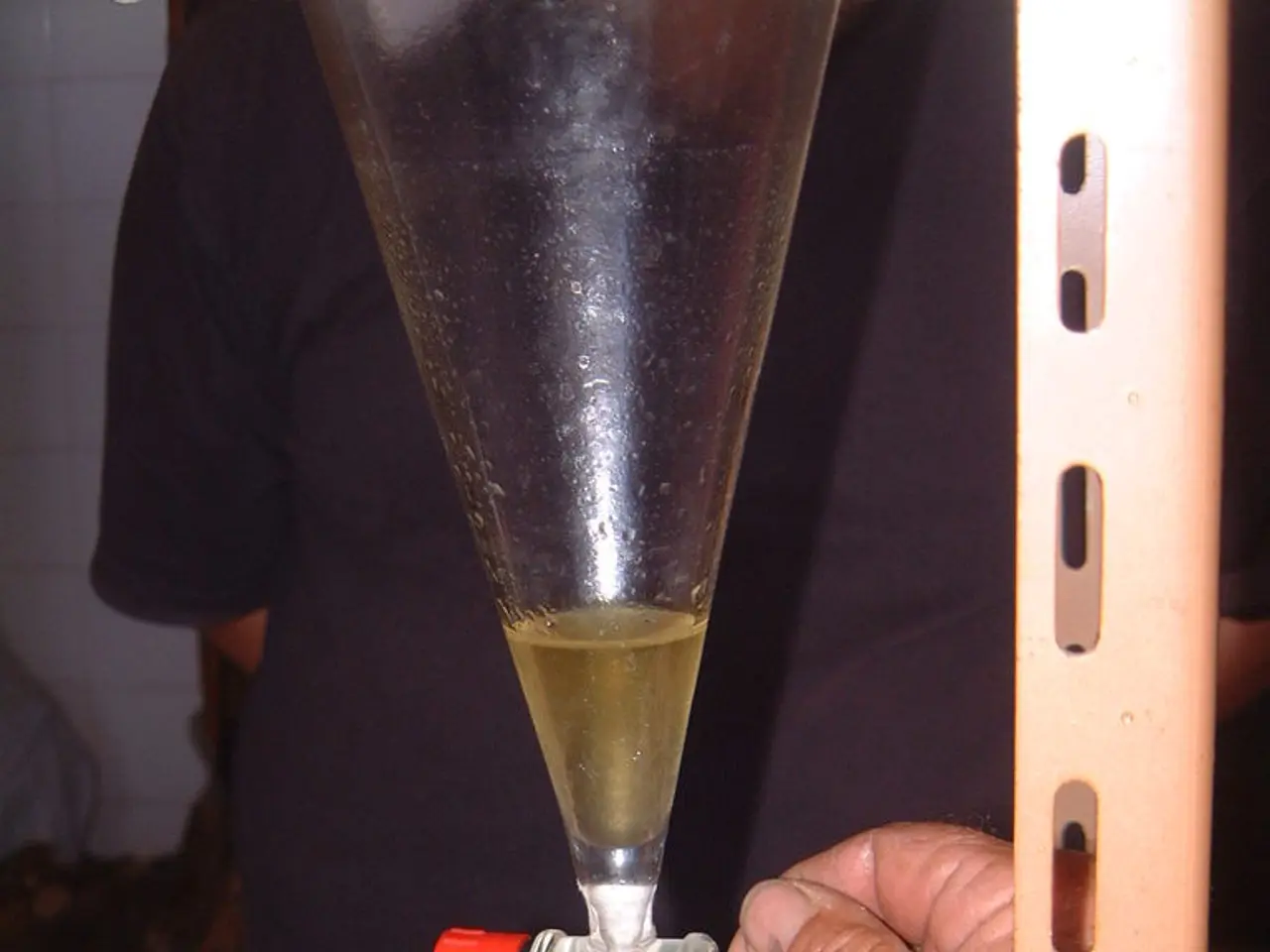Brewing Basics: A Comprehensive Guide for Beginners in Step Mashing
In the art of brewing beer, two primary methods of mashing stand out: step mashing and infusion mashing. Each method has its unique advantages and disadvantages, shaping the flavour, mouthfeel, and efficiency of the final product.
Step mashing, also known as temperature-programmed mashing, is a meticulous process that involves gradually raising the mash temperature through several rests. This approach allows brewers to activate specific enzymes like proteases, β-glucanase, and amylases sequentially, optimising starch conversion and protein breakdown. This process provides brewers with greater control over the wort's fermentability and body by selecting rest temperatures and lengths that favour certain enzymes and sugar profiles.
Compared to infusion mashing—which heats the grains in a single step and is faster and simpler but less versatile—step mashing can produce beers with more complexity in flavour and mouthfeel. The benefits of step mashing over infusion mashing include greater enzymatic precision and improved beer complexity. However, its disadvantage is increased process complexity and time.
On the other hand, infusion mashing is a straightforward method where hot liquor is blended with malts to create a mash. It is popular for simple, fast brewing, especially in large-scale operations where time and resource efficiency are prioritised.
Decoction mashing, considered the most traditional and original way of mashing, is a more labour-intensive method where part of the mash is boiled and then returned to the main mash to raise temperature. This process enhances malt flavours and improves wort extract. Decoction mashing is valued especially in traditional German and Czech brewing but has largely been supplanted by step mashing and infusion methods in modern breweries due to efficiency considerations.
Decoction mashing offers even greater flavour enhancement but at the cost of greater labour, time, and equipment needs. It requires additional vessels like a lauter tun and consumes more time and energy than step mashing or infusion mashing.
In summary, step mashing's benefits over infusion mashing include greater enzymatic precision and improved beer complexity, while its disadvantage is increased process complexity and time. Decoction mashing produces even greater flavour enhancement but at the cost of greater labour, time, and equipment needs. Infusion mashing remains popular for simple, fast brewing, especially in large-scale operations where time and resource efficiency are prioritised. It's essential to have the proper equipment for the desired mashing style to achieve the desired beer characteristics.
A new brewer considering their brew day might find step mashing appealing due to its ability to provide greater enzymatic precision and improved beer complexity. However, they should be aware that this method may require more time and effort compared to infusion mashing, which is known for its simplicity and efficiency in large-scale operations. Delving into home-and-garden projects or adopting a food-and-drink lifestyle might even lead to experimenting with decoction mashing, offering even greater flavour enhancement at the cost of increased labour, time, and equipment needs. Incorporating technology in the brewing process can help streamline tasks and optimize results for any chosen mashing method.




